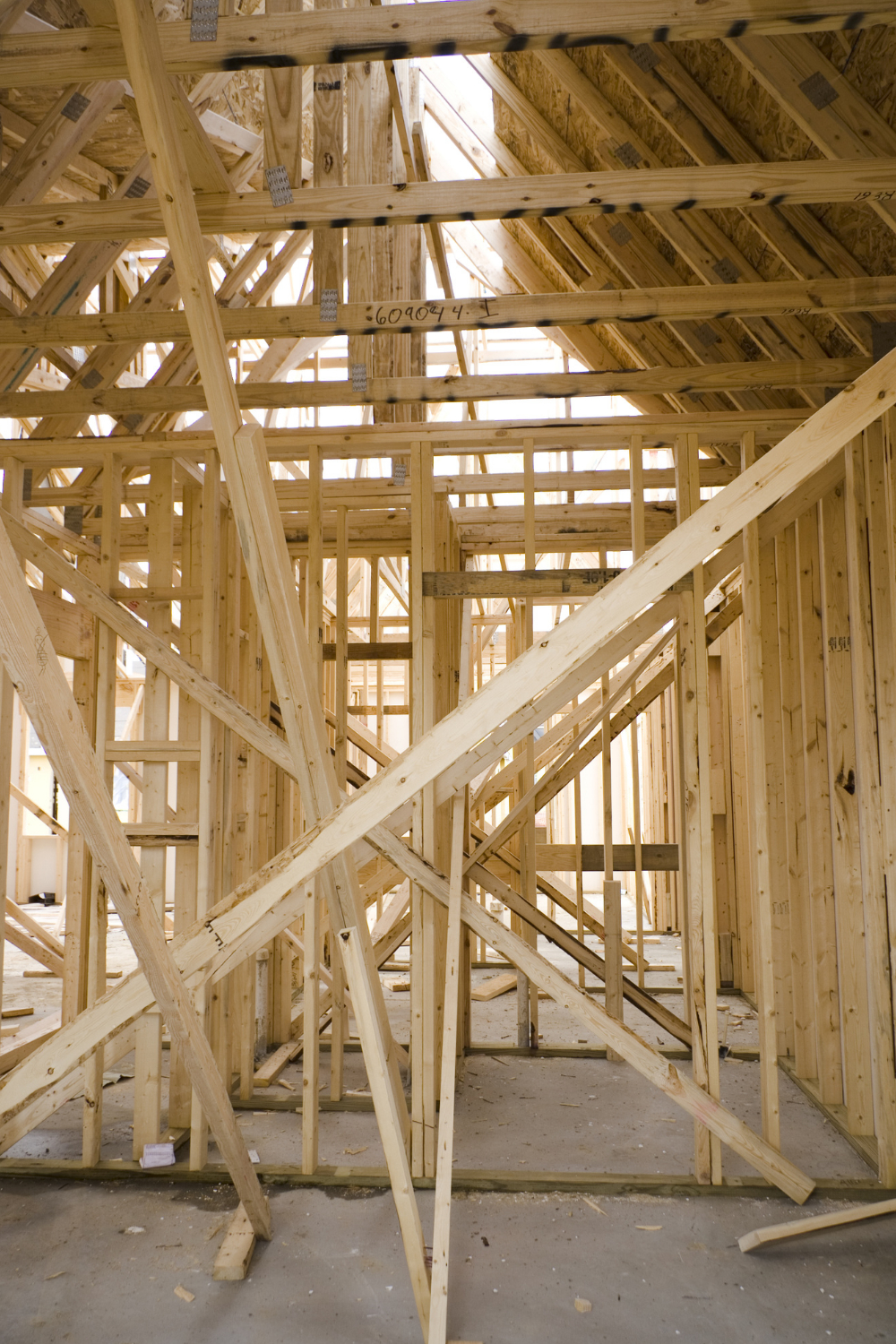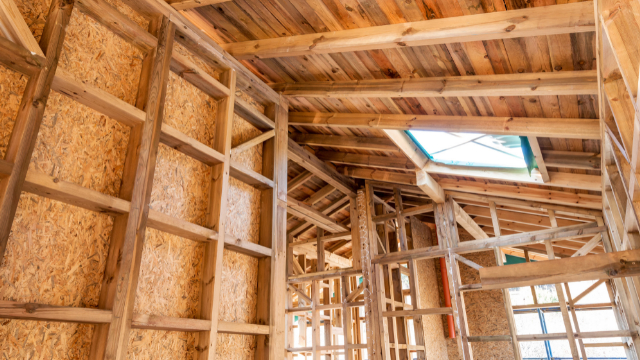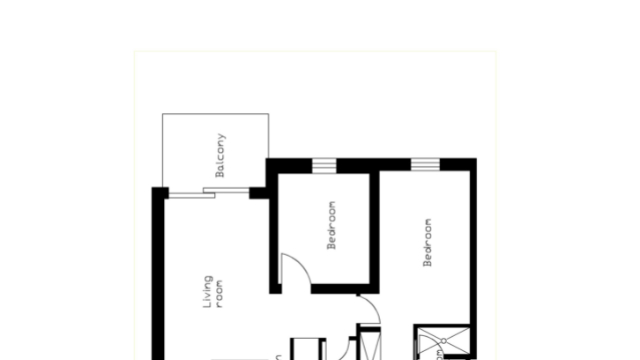Building a house involves a multitude of complex processes, but one of the most crucial steps is the framing. This structure acts as the skeleton of the house, giving form to your future abode. But why is framing so important? Let’s unravel the significance of this pivotal stage of construction.
What is House Framing?
House framing refers to the process of erecting the basic structure that will support the entire weight of the house and its contents. It involves assembling a wooden or metal frame that serves as the outline for the entire building. Think of the frame as the backbone of your house – a sturdy and robust framework ensures a safe, secure, and long-lasting dwelling.
Importance of Framing
Supports the Structure
The primary role of a frame is to shoulder the weight of the building. It bears the load of the roof, walls, furniture, and even the people inside the house. A well-constructed frame will evenly distribute these loads down to the foundation, preventing any structural problems or damages.
Defines the Layout
The frame lays out the basic design of the house. It marks the location of rooms, windows, doors, and other elements. In a way, the frame is the 3D blueprint of your house, illustrating the layout before any other construction steps like insulation or drywall installation commence.
Ensures Safety and Stability
Proper framing is essential for a house’s safety and stability. A well-framed house can withstand external forces like wind and seismic activities, keeping its occupants safe. Thus, meeting local building codes for framing is not just a legal requirement but a matter of safety.
The Framing Process
The framing process begins with the layout. This first step involves marking the corners and walls of the house’s foundation on the construction site, providing a guide for the builders. This step ensures that the foundation and framing are square and level.
Next, builders erect the house frame using wooden or metal studs, joists, and rafters. This process involves precise measurements and careful assembly. Once completed, the frame gives a clear indication of the house’s final shape and layout.
In Conclusion
The importance of framing in building a house cannot be overstated. It is the bedrock on which the rest of the construction relies, impacting the overall quality, safety, and longevity of the building. Framing may seem like a straightforward task, but it requires skill, precision, and a deep understanding of architectural principles.
Source: itishouse.com





